A Performance Cycle
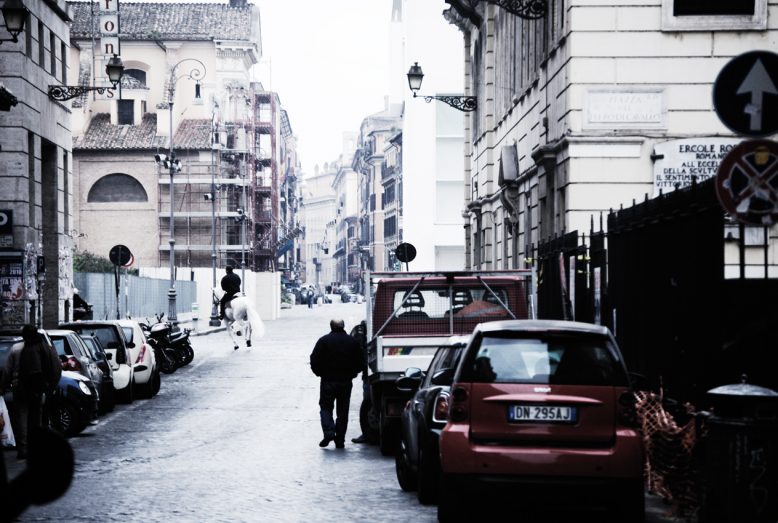 Patrizio Di Massimo, Untitled (Throughbred), March 24th, 2010. Ph. Altrospazio
Patrizio Di Massimo, Untitled (Throughbred), March 24th, 2010. Ph. Altrospazio
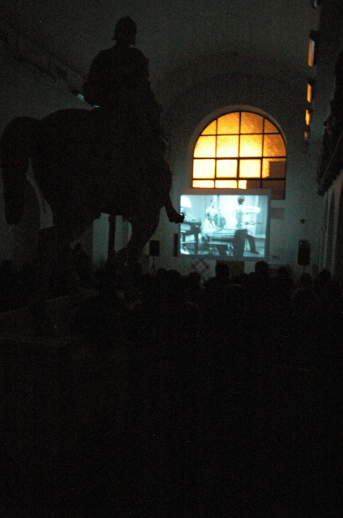 Pierre Leguillon, The Promise of the Screen, March 10th, 2010. Aula Colleoni, Accademia di Belle Arti di Roma, Rome. Ph. Karolina Szewczyk
Pierre Leguillon, The Promise of the Screen, March 10th, 2010. Aula Colleoni, Accademia di Belle Arti di Roma, Rome. Ph. Karolina Szewczyk
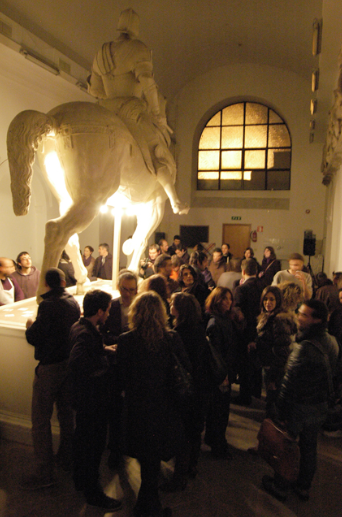 Pierre Leguillon, The Promise of the Screen, March 10th, 2010. Aula Colleoni, Accademia di Belle Arti di Roma, Rome. Ph. Karolina Szewczyk
Pierre Leguillon, The Promise of the Screen, March 10th, 2010. Aula Colleoni, Accademia di Belle Arti di Roma, Rome. Ph. Karolina Szewczyk
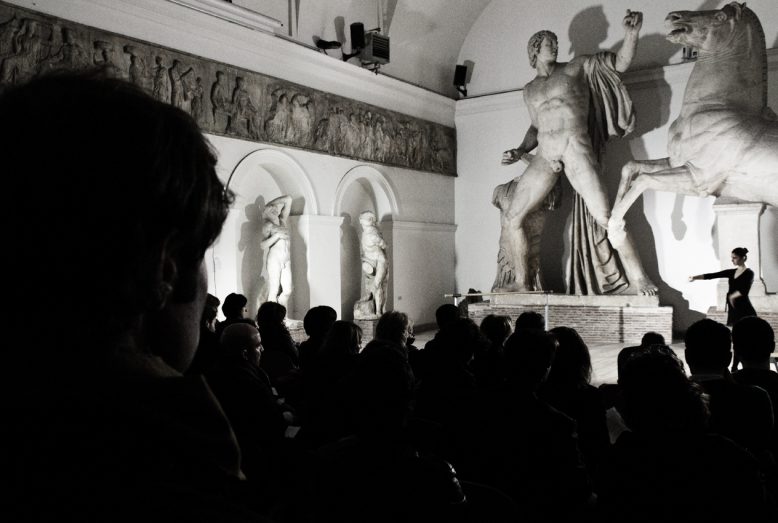 Ryan Gander, As loose as anything, March 3rd, 2010.
Aula Magna, Liceo Artistico Ripetta, via di Ripetta 218, Rome. Ph. Altrospazio
Ryan Gander, As loose as anything, March 3rd, 2010.
Aula Magna, Liceo Artistico Ripetta, via di Ripetta 218, Rome. Ph. Altrospazio
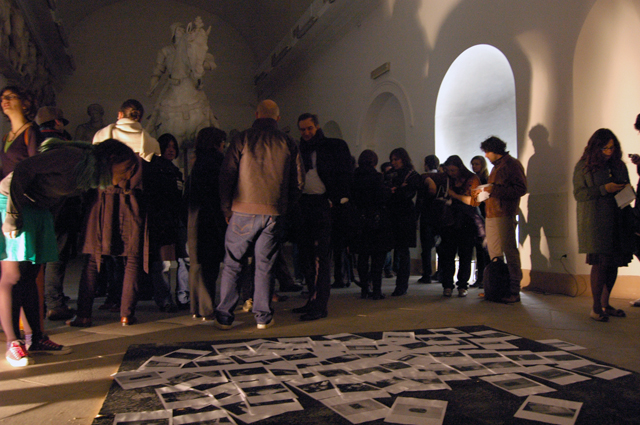 Tris Vonna-Michell, March 17th, 2010. Accademia di Belle Arti di Roma (aula Colleoni), Rome. Ph. Karolina Szewczyk
Tris Vonna-Michell, March 17th, 2010. Accademia di Belle Arti di Roma (aula Colleoni), Rome. Ph. Karolina Szewczyk
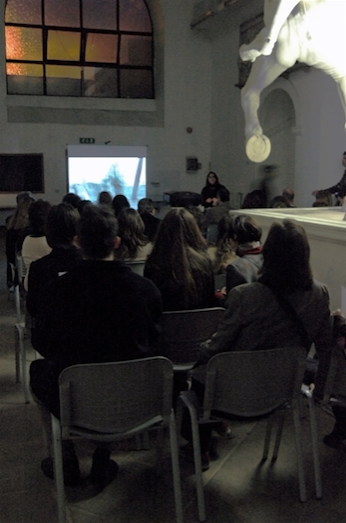 Patrizio Di Massimo, Untitled (Thoroughbred), March 24th, 2010. Ph. Karolina Szewczyk
Patrizio Di Massimo, Untitled (Thoroughbred), March 24th, 2010. Ph. Karolina Szewczyk
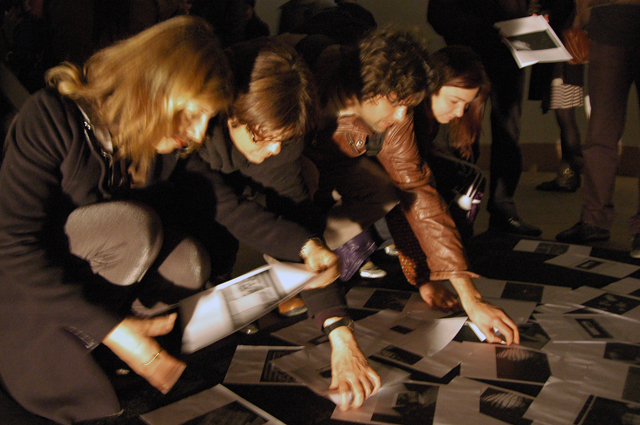 Tris Vonna-Michell, March 17th, 2010. Accademia di Belle Arti di Roma (aula Colleoni), Rome. Ph. Karolina Szewczyk
Tris Vonna-Michell, March 17th, 2010. Accademia di Belle Arti di Roma (aula Colleoni), Rome. Ph. Karolina Szewczyk
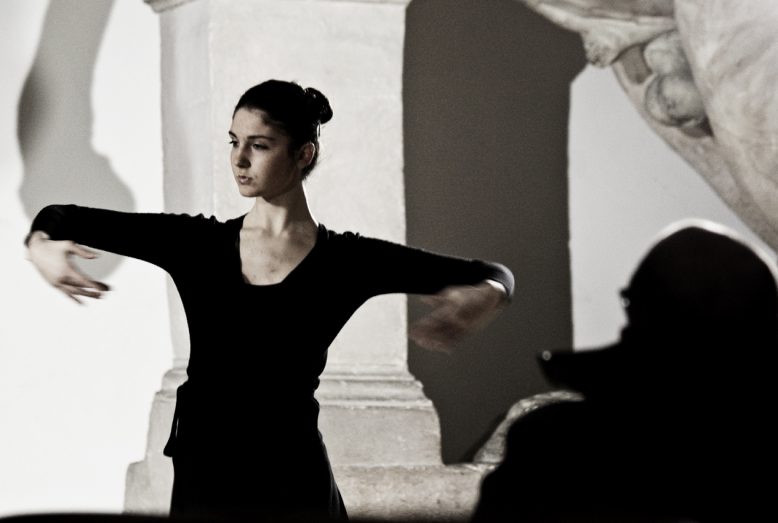 Ryan Gander, As loose as anything, March 3rd, 2010.
Aula Magna, Liceo Artistico Ripetta, via di Ripetta 218, Rome. Ph. Altrospazio
Ryan Gander, As loose as anything, March 3rd, 2010.
Aula Magna, Liceo Artistico Ripetta, via di Ripetta 218, Rome. Ph. Altrospazio
A project by Nomas Foundation, Rome
Curated by Cecilia Canziani and Ilaria Gianni
In collaboration with the Accademia di Belle Arti di Roma, Cattedra di Fenomenologia delle arti Contemporanee, Professor Cecilia Casorati
Under the Patronage of Comune di Roma Assessorato alle Politiche Culturali e della Comunicazione
Calendar:
March 3rd, 2010, at 6.30pm - Ryan Gander
Liceo Artistico Ripetta (aula Magna), via di Ripetta 218, Rome
March 10th, 2010, at 6.30pm - Pierre Leguillon
Accademia di Belle Arti di Roma (aula Colleoni), via di Ripetta 222, Rome
March 17th, 2010, at 6.30pm - Tris Vonna Michell
Accademia di Belle Arti di Roma (aula Colleoni), via di Ripetta 222, Rome
March 24th, 2010, at 6.30pm – Patrizio Di Massimo
Accademia di Belle Arti di Roma (Ferro di Cavallo), piazza Ferro di Cavallo 3, Rome
Archiving, gathering, exhibiting, recounting, remembering, loving, desiring, ordering, mapping. A Performance Cycle presents four commissions to Patrizio di Massimo, Ryan Gander, Pierre Leguillon, Tris Vonna-Michell, for the first time in Rome. Developed in collaboration with the Academy of Fine Arts of Rome, A Performance Cycle is produced by Nomas Foundation, and curated by Cecilia Canziani and Ilaria Gianni.
A Performance Cycle analyses collecting as a cultural practice through the work of artists that make use of the archive and the collection in their practice.
The four newly produced performances reflect on the venue that hosts them – a place dedicated to education – and the city of Rome, engaging with the public through a variety of languages such as theatre, storytelling and dance.
The collaboration between Nomas Foundation and Accademia di Belle Arti di Roma aims at fostering the interaction between the students and the art system. nasce con l’obiettivo di creare un’interazione attiva fra gli studenti e il mondo dell’arte contemporanea. A Performance Cycle confronted the young professionals with the making of an exhibition, in constant dialogue with the invited artists.
Notes:
The potential inwardness of objects is one of their most powerful characteristics, ambiguous and elusive though it may be. Objects hang before the eyes of imagination, continuously re-presenting ourselves to ourselves, and telling the stories of our lives in ways which would be impossible otherwise.
S. Peirce
With collecting it is decisive that the object is released from all its original functions in order to enter into the closest possible relationship with its equivalents.
W. Benjamin
The kind of object collected is not important: what matters is the reframing of the object within the collection, as an act of formal admission from one state to another.
S. Peirce
What is this ‘completeness’? It is a grand attempt to overcome the wholly irrational character of the object’s mere presence at hand through its integration into a new, expressly devised historical system: the collection.
W. Benjamin
A structure can be methodically threatened in order to be comprehended more clearly and to reveal not only its supports but also that secret place in which it is neither construction nor ruin, but lability.
J. Derrida